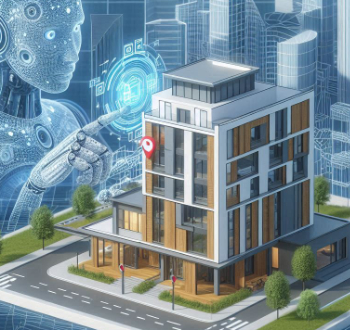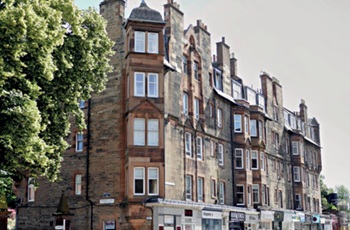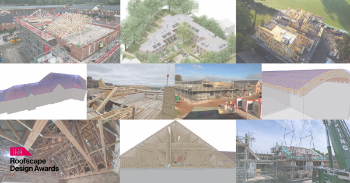Glare in buildings
According to BRE’s The essential guide to retail lighting: Glare is; ‘Discomfort experienced when lighting is excessively bright when viewed against the surroundings. Often the result of inadequately shielded lamps.'
The CIBSE SLL Code for Lighting (2012) defines glare as '...the condition of vision in which there is discomfort or a reduction in the ability to see details or objects, caused by an unsuitable distribution or range of luminance, or to extreme contrasts.'
The Illustrated Guide to Electrical Building Services, Third Edition (BG 31/2017), by David Bleicher & Peter Tse, published by BSRIA in 2014, states: ‘Glare is caused by extreme contrasts in luminance – for example extremely bright objects in the same vicinity as extremely dark objects. The problem of glare can take two basic forms: discomfort glare and disability glare.'
'Discomfort glare is likely to occur whenever one area of an internal space is significantly brighter than the surrounding area. Two common causes are excessive daylight entering windows and inappropriate or poorly positioned luminaires.'
'Disability glare can make work tasks difficult, and may occur when a source of bright light exists close to the line of sight. Light sources such as fluorescent lamps have very bright surfaces, however most luminaires are designed so that the lamp is rarely in the field of vision.’
NB PAS 6463:2022, Design for the mind – Neurodiversity and the built environment – Guide, published by BSI Standards Limited 2022, states: ‘Discomfort glare results in an instinctive desire to look away from a bright light source or difficulty in seeing a task. Disability glare impairs the view of objects without necessarily causing discomfort.’
[edit] Related articles on Designing Buildings
- Artificial lighting.
- Aspects of daylighting design covered by EN 17037.
- BREEAM Visual comfort Glare control.
- BREEAM Visual comfort View out.
- Colour appearance.
- Daylight factor.
- Daylight lighting systems.
- Designing daylight solutions for commercial buildings.
- EN 17037 Daylight in buildings.
- General lighting v task lighting.
- Illuminance.
- Light pollution.
- Lighting.
- Lighting of construction sites.
- Natural light.
- Retrofitting solar shading.
- Types of building EN 17037 applies to.
Featured articles and news
Moisture, fire safety and emerging trends in living walls
How wet is your wall?
Current policy explained and newly published consultation by the UK and Welsh Governments.
British architecture 1919–39. Book review.
Conservation of listed prefabs in Moseley.
Energy industry calls for urgent reform.
Heritage staff wellbeing at work survey.
A five minute introduction.
50th Golden anniversary ECA Edmundson apprentice award
Showcasing the very best electrotechnical and engineering services for half a century.
Welsh government consults on HRBs and reg changes
Seeking feedback on a new regulatory regime and a broad range of issues.
CIOB Client Guide (2nd edition) March 2025
Free download covering statutory dutyholder roles under the Building Safety Act and much more.
AI and automation in 3D modelling and spatial design
Can almost half of design development tasks be automated?
Minister quizzed, as responsibility transfers to MHCLG and BSR publishes new building control guidance.
UK environmental regulations reform 2025
Amid wider new approaches to ensure regulators and regulation support growth.
The maintenance challenge of tenements.
BSRIA Statutory Compliance Inspection Checklist
BG80/2025 now significantly updated to include requirements related to important changes in legislation.
Shortlist for the 2025 Roofscape Design Awards
Talent and innovation showcase announcement from the trussed rafter industry.























